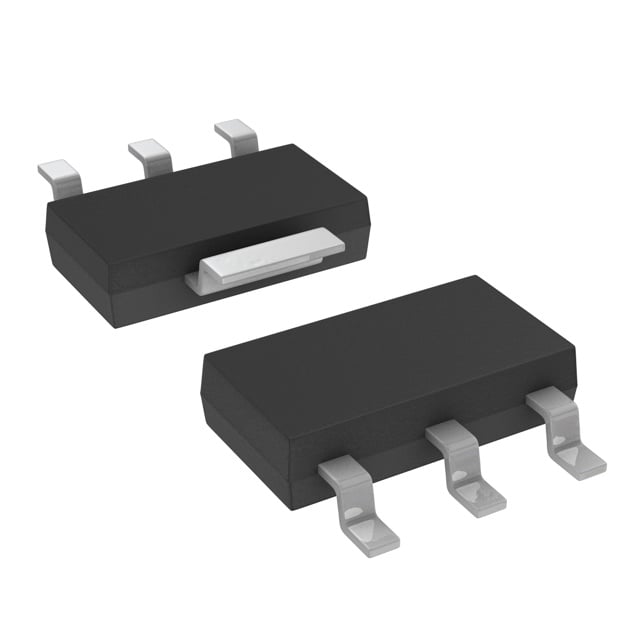Follow along with the video below to see how to install our site as a web app on your home screen.
Note: This feature may not be available in some browsers.
I think that a power driver IC would be much more able to
withstand ESD-type abuse than any discrete device, and
since your lashups involve multiple discretes you might end
up money ahead using one of the lower-drive-current ones.
Now whether the open-collector type drive is necessary
or just simplicity, I couldn't say, nor whether using a driver
with source and sink is tolerable. There are some FET drivers
with independent go-low and go-high output legs, if needed.
I tried using a FET driver for that purpose once: https://www.digikey.ca/product-detail/en/ZXGD3003E6TA/ZXGD3003E6TR-ND/1827735
and found that the output would only go to full Vcc voltage for a few hundred ns and then go down to about 1/2 voltage after that. There was nothing on the data sheet to indicate that the device would do that.
I would go with top cct and get the 3904 and 3906 complementary like the mmdt3946. BJTs are inherently robust to ESD, typ. 400V MM and 4kV HBM.
As suggested above, add a resistor between base and emitter on PNP to ensure it is turned off.
Otherwise, you could use digital transistors, Pre-Biased Transistors, with the resistors integrated into the chip. See for instance DCX114EK.
You refer to the ZXGD3003 - this is totem pole NPN-PNP emitter follower. Just like all the other ZXGD30xx series. These are designed to drive capacitive loads, not resistive loads.
